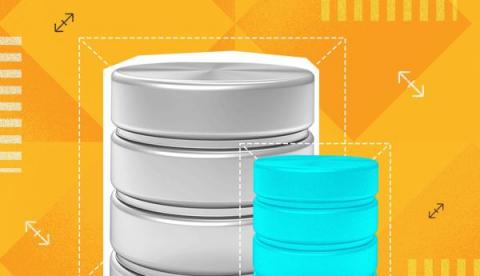How Businesses Are Benefiting from Hybrid Cloud Infrastructures
Side by side with the popularity of hyperscale public cloud providers such as AWS and Microsoft Azure, many organizations maintain on-premises data centers. Organizations may keep them for mission-critical legacy systems with performance demands the cloud cannot meet, or simply be in transition and have not yet migrated their infrastructure to the cloud.










